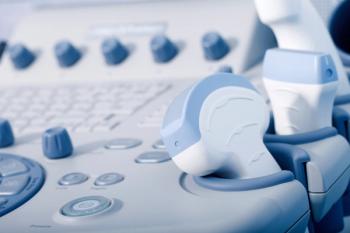
Lower Risk of False Positive With Digital Mammography
The risk of false-positive results is lower with digital mammography compared to screen-film mammography, with no significant difference in the cancer detection rate between the two, according to a study published in the February issue of Radiology.
FRIDAY, Feb. 18 (HealthDay News) -- The risk of false-positive results is lower with digital mammography compared to screen-film mammography, with no significant difference in the cancer detection rate between the two, according to a study published in the February issue of Radiology.
Maria Sala, M.D., Ph.D., of the IMIM-Hospital del Mar in Barcelona, Spain, and colleagues investigated the difference in false-positive results, recall rate, detection rate, and rates of invasive procedures in digital and screen-film mammography. They examined 171,191 screen-film and 71,647 digital mammograms of women aged 45 to 69 years undergoing breast cancer screening.
The researchers found no significant difference in the cancer detection rate between the two modalities, with the screen-film detection rate at 0.45 percent and digital at 0.43 percent. The false-positive rate for screen-film mammography was 7.6 percent but for digital mammography the rate was 5.7 percent. Digital mammography also had lower recall rates and was less likely to result in a false-positive result leading to an invasive procedure. The lower false-positive risk remained even after results were adjusted for women's characteristics, screening program characteristics, and time trends.
"The lower false-positive risk with use of digital mammography should be taken into account when balancing the risks and benefits of breast cancer screening," the authors write.
Related Content
Newsletter
Get the latest clinical updates, case studies, and expert commentary in obstetric and gynecologic care. Sign up now to stay informed.










